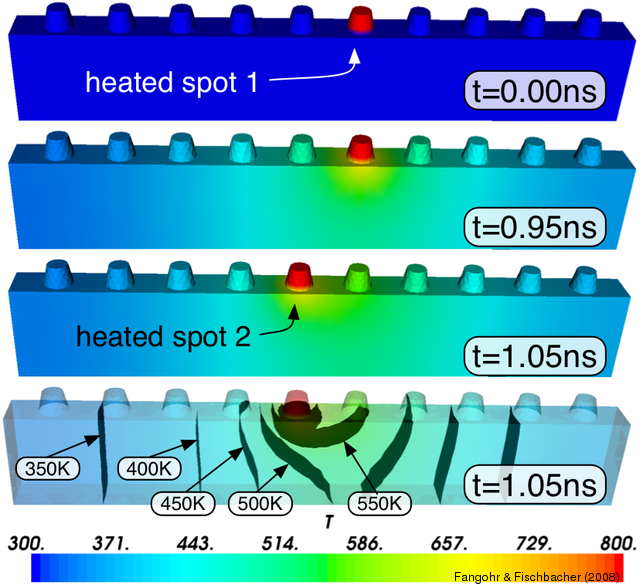
PhD project opportunity: Modelling and Simulation of next generation magnetic data recordingThis position is available to EU/UK applicants only, unless additional funding/scholarships are obtained by the student to cover the overseas fees difference. Funding is provided for maintenance (GBP 16,500 per year) and study fees. A first class degree is expected (or upper second plus additional relevant experience). Project outline Magnetism and technology exploiting magnetic effects are of great importance: at the macro scale, magnets are used in energy generation, motors, and medical equipment. At the microscale, the combined advancement of magnetic data storage technology and silicon chips development has paved the way for the information age. High capacity magnetic data storage is essential in many commercial products, and underpins business models such as Google, YouTube, eBay and Amazon. Similarly, data-based initiatives such as Wikipedia (with substantial and mostly positive effects on societies' education) are only possible due to high capacity data storage. This project researches the next generation magnetic storage media together with a leading hard disk production tool manufacturer as the industrial partner. To maintain the exponential increase of storage capacity over time, a two-fold paradigm change in magnetic data recording is necessary over the next 3-5 years: (i) data for one single bit will not be any longer stored by a collection of approximately 1000 magnetic grains which are scattered on the hard disk platter as is today. Instead one bit will be represented by exactly one magnetic dot (which is slightly larger than one grain, but much smaller than 1000 grains). (ii) To be able to write a bit of data to these dots without accidentally reversing neighbouring dots, the targeted dot will be heated substantially by focused laser beams, and can then be reversed by a weaker and 'safe' magnetic field. The first step in this research project is to create a multi-physics simulation model combining a heat and micromagnetic solver, followed by virtual design optimisation to find an optimal design that can lead the prototype fabrication and experimental testing. The industrial partner provides the commercial motivation, experimental tools and measurements. Our group has developed one of the main open source simulation codes used in this area (nmag.soton.ac.uk), and you will be working on the next generation of these tools. If you wish to discuss any details of the project informally, please contact Hans Fangohr, CED research group, Email: h.fangohr@soton.ac.uk, Tel: +44 (0) 2380 59 8345
Experience with any of the following will be advantageous but can be required as part of the project:
Please contact Hans Fangohr <fangohr@soton.ac.uk> for informal queries, expressions of interest or applications.

Image: Schematic represenation of thermally assisted writing process on patterned media. Spot 1 is heated for 1 nano second (to 800K), then spot 2 is heated (instantaneously) to 800K. The colourmap shows the diffusion of temperature in the material. The last plot shows isosurfaces, i.e. layers of constant temperature in the material. The spacing of the iso surfaces is 50K. This project can be funded through the Doctoral Training Centre is Complex Systems Simulations (see http://www.icss.soton.ac.uk). |
|||||||